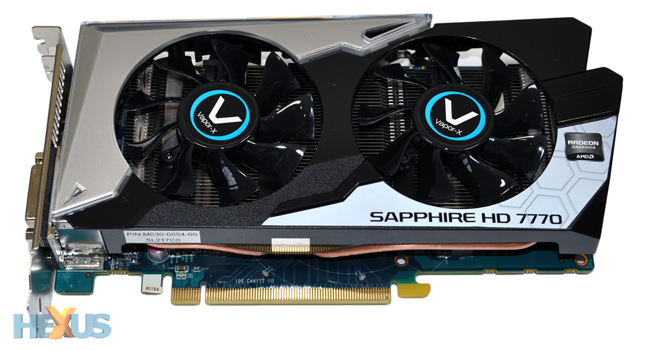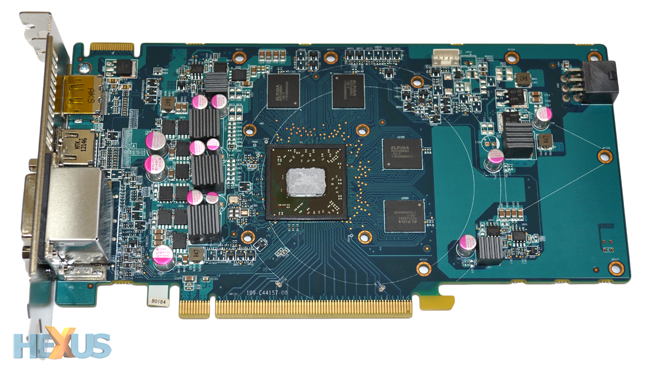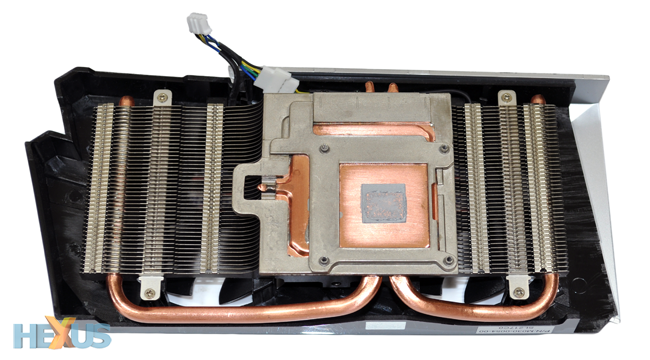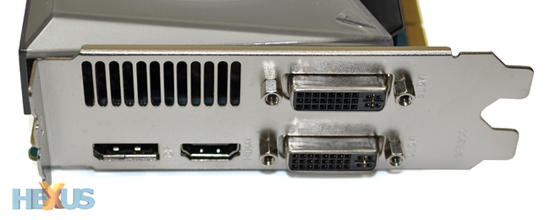Introduction
If you're a regular around these parts, you'll know that AMD's Radeon HD 7770 - codenamed Cape Verde XT - hasn't exactly set out hearts aflutter.
On the face of it, the sub-£100 card should offer Radeon HD 7000-series goodness at an affordable price, but AMD's trimmed the specification to such an extent that the HD 7770 is barely a shadow of the top-of-the-line HD 7970. Looking at the figures, we see the number of cores drop from 2,048 to 640, the number of texture units falls from 128 to 40, the number of ROPs gets cut right down the middle from 32 to 16, the amount of memory gets chopped from 3GB to 1GB, and the memory bus is narrowed from 384-bits to 128-bits.
The £250 price gap between the Radeon HD 7970 and HD 7770 explains the hefty chop, but the streamlined Cape Verde XT GPU that's left struggles to deliver the kind of performance we'd expect at this particular price point. In our original examination, we found that the HD 7770 was frequently outperformed by previous-generation cards that cost less.
The benchmarks didn't paint a pretty picture, but we often wondered if driver updates could help exploit the benefits of the GCN architecture and in turn make the HD 7770 come across as a more convincing solution. To see how the card's performance has progressed in recent months, we're taking a look at what's shaping up to be one of the best Cape Verde XT cards on the market; Sapphire's HD 7770 Vapor-X OC Edition.

Sapphire's verbose branding doesn't exactly roll off the tongue, but it tells you everything you need to know about this particular card - it's AMD's HD 7770 equipped with a custom Vapor-X cooler and shipped with a healthy factory overclock.
The card's designed to be fundamentally better than reference, but these improvements do come at a cost. When the HD 7770 Vapor-X arrives at retail, it'll do so carrying a price tag of around £120 - that's at least £20 more than a bog-standard HD 7770, and a significant £35 more than the potent previous-generation alternative, the HD 6850.

Making a HD 7770 stand out at this price point is no easy task, but Sapphire does have a good-looking card on its hands. The Vapor-X model sports a dual-fan configuration that's attractively styled, but remains relatively compact at 225mm in length and sources power from a single six-pin PCIe connector.
There's a solitary CrossFire connector for dual-GPU configurations, and though the card gives the impression of being dressed to look faster than it really is, Sapphire is hoping to prove us wrong by overclocking both the GPU and memory.

The HD 7770 Vapor-X doesn't do anything particularly drastic - it's still a 28nm Cape Verde XT processor surrounded by four 256MB Elpida GDDR5 memory chips that combine to create a 1GB frame buffer - but Sapphire's factory overclock is decent.
Out of the box, the card's GPU is bumped up from 1,000MHz to 1,100MHz (a 10 per cent increase) and memory speed is cranked up from an effective 4,500MHz to a more-helpful 5,200MHz (a 16 per cent increase). This is the highest memory clock we've seen on a Radeon HD 7770 thus far, and we'll find out a little later in the review if these speeds are enough to elevate Sapphire's card up the charts.

And increased speed isn't the HD 7770 Vapor-X's only trick; the card also employs Sapphire's vapour-chamber cooling technology alongside a pair of thick copper heatpipes and two PWM-controlled fans. Knowing that AMD's 28nm GPU doesn't get particularly hot, this cooler should deliver excellent thermal performance when under heavy load.

Mixing it up somewhat, Sapphire has also tweaked the card's array of outputs. Whereas a reference HD 7770 ships with DVI, HDMI and two mini-DisplayPorts, the Vapor-X OC Edition provides two DVI ports, HDMI and a full-size DisplayPort. Eyefinity support makes this a strong multi-monitor solution, and Sapphire sweetens the deal by bundling a HDMI cable as standard.
A good-looking card, so let's load it up with the latest WHQL-certified Catalyst driver (v12.4) and see how it performs.









